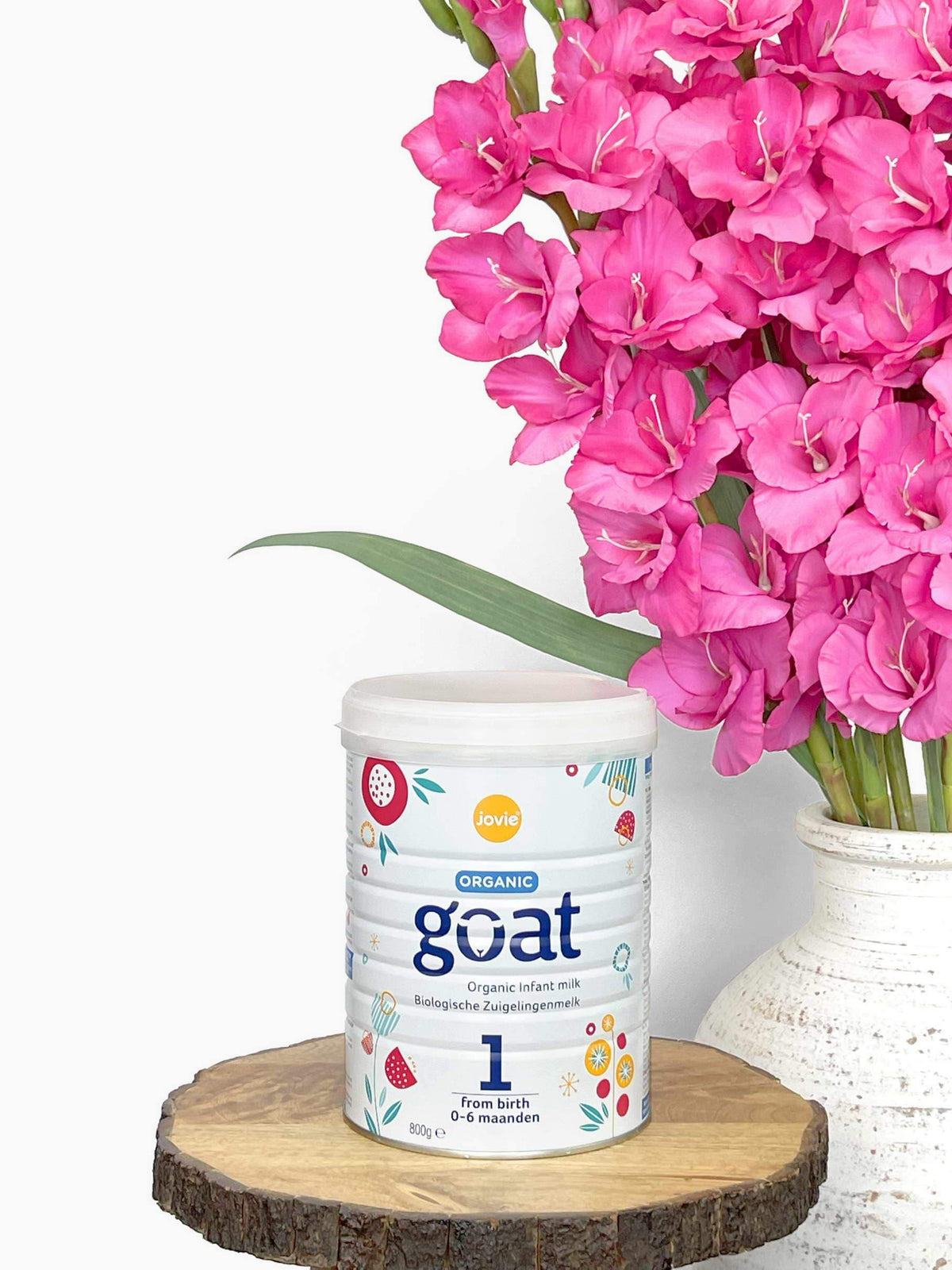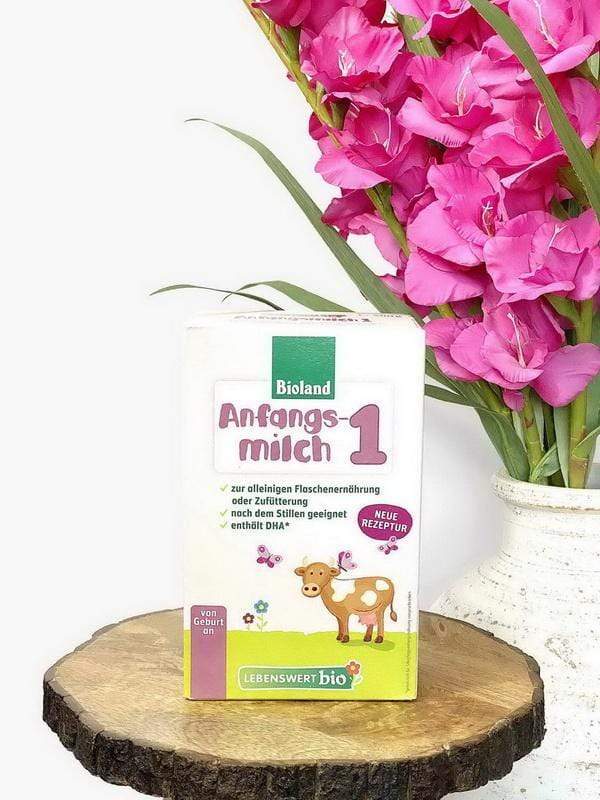Starting from the first day of birth your little one is taking in the world with sight, sound, touch and taste. As your baby grows and develops, playing to learn becomes an integral part of this process.
One of the important skills learned during this time is the pincer grasp. What seems like a simple coordination of the index finger and thumb to hold an item represents the not so simple coordination of the brain and muscles that are necessary for your infant to gain independence.
Pincer Grasp Age
A pincer grasp normally starts developing between the ages of 9-12 months, but please keep in mind that every child is different and you may notice this skill emerges a few months before or soon after this age.
Hand Grasp
What is pincer grasp?
A true pincer grasp is when a child uses the tips of their fingers to pick up objects. This skill allows little ones to pick up smaller, thinner objects.
By encouraging play that allows a child to grasp items, make contact with their hands, and engage with items, you help progress toward the pincer grasp.
Grasp Development
When does pincer grasp develop?
The pincer grasp starts to develop in a newborn by building on several grasping and coordination milestones during the first year.
Some of the early developmental milestones you may notice your baby performing as a step toward the pincer grasp include:
Ulnar Palmar Grasp:
Bringing the fingers in toward the palm, allowing babies to curl their fingers around an object, i.e baby holding finger.
Raking Grasp:
Using the fingers other than the thumb like a rake then curling the top of the fingers over the object to bring items toward the mouth, i.e holding a rattle.
Inferior Pincer Grasp:
The pads of the thumb and index finger are used to pick up and hold objects; this precursor to the pincer grasp usually takes place between 7 and 8 months of age.
Baby Pincer Grasp:
The true pincer grasp happens when an older infant uses the tips of their fingers to pick up objects.
Neat Pincer Grasp or Superior Pincer Grasp:
Another name for the fully developed pincer grasp where the child is able to pick up smaller, thinner objects by making contact with their hands.
Lateral Pinch Grasp:
Through the toddler year the pincer grasp will continually improve. Lateralization or switching objects between the two hands in functional tasks will develop.
Pincer Grasp Activities
How do you help baby with pincer grasp?
Pincer grasp games of course, and don't forget pincer grip activities for toddlers.
Pincer Grasp Development
Development of a pincer grasp will happen naturally for most babies. It begins as your little one learns to understand how their body works and through playtime and mealtime gross grasp practice happens easily.
Pincer Grasp Toys
Simple toys make the best fine motor skill developmental toys. Hand a young baby a rattle or a 6 month old two wooden blocks and watch as the baby learns.
Pincer Puzzle
Touch, feel, and movement puzzles make the perfect fine motor skill and pincer grasp activities for infants all the way through the toddler years.
Spoon Grasp Development
Using a fine pincer grasp, the mature baby will begin holding a spoon by practicing and engaging in activities that use spoons to scoop up food as well as tactile play material such as sand and beans.
Inferior Scissor Grasp
The pincer grasp is not just for babies. Toddlers need to continue strengthening their coordination to help them on their way to independence.
Important skills such as writing when they start school, feeding themselves, and getting dressed are practiced at this very beginning stage. Supervising a young toddler with a pair of safety scissors can bring many hours of play-to-learn enjoyment.
Pincer Grip Exercises
One of the first signs of a fine motor delay is often the absence of that pincer grasp. A child who is older than 1 year and still using raking grasp to pick up small objects instead of the finer gross motor skill of pincer pinch may need further evaluation from a medical professional.
Most of the time fine motor delays are caused by a treatable disorder, such as low muscle tone in the fingers. Occupational therapy, which helps a child build finger strength through tasks like puzzles, pincer grasp development activities, and pincer grip exercise.
Baby Grip
From the best European baby formula to developmental milestones, My Organic Company proudly offers support for all families!
How to develop pincer grasp in babies is just one of the many interesting topics that we discuss on the My Organic Community Board we set up just for you.
Filled with a diverse group of parents, caregivers, and European baby formulas experts, we are sure to have something for everyone. We look forward to seeing you there.














